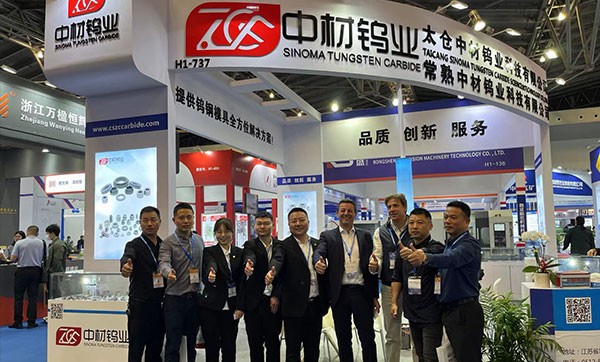Tungsten carbide molds are an essential component in various high-precision manufacturing processes. Known for their exceptional hardness, wear resistance, and durability, these molds are pivotal in industries ranging from automotive to aerospace. Understanding the intricate production process of tungsten carbide molds highlights the technological advancements and precision engineering involved.
The production of tungsten carbide molds begins with the careful selection of raw materials. The primary materials include:
The quality and purity of these powders significantly impact the properties of the final mold. Ensuring the correct particle size and distribution is crucial for achieving the desired hardness and wear resistance.
The selected tungsten and cobalt powders are precisely weighed and mixed to achieve a homogeneous mixture. This mixture typically contains 85-95% tungsten carbide and 5-15% cobalt by weight. The mixing process involves:
The homogeneously mixed powder is then subjected to pressing and compacting to form a green compact, which is an intermediate product before sintering. This involves:
The green compacts are then pre-sintered in a controlled atmosphere furnace. This step removes any residual binder and helps to strengthen the compact, making it easier to handle in subsequent processes. Pre-sintering involves heating the compacts to temperatures around 800-1000°C.
Sintering is the critical step that imparts the final properties to the tungsten carbide mold. During sintering:
After sintering, the molds undergo several post-sintering operations to achieve the required dimensions and surface finish:
Quality control is a critical aspect of the production process, ensuring that the molds meet stringent specifications and standards. This involves:
The final step involves packaging the tungsten carbide molds for delivery. Proper packaging is essential to protect the molds from damage during transportation. The molds are carefully packed, often with protective coatings or rust inhibitors, and shipped to the end-user.
The production of tungsten carbide molds is a complex and precise process, requiring meticulous attention to detail at each stage. From selecting high-quality raw materials to the final inspection, every step ensures that the molds can withstand the rigorous demands of high-precision manufacturing. As industries continue to push the boundaries of technology and precision, the role of tungsten carbide molds remains indispensable, driving advancements and enabling the production of high-quality components.




